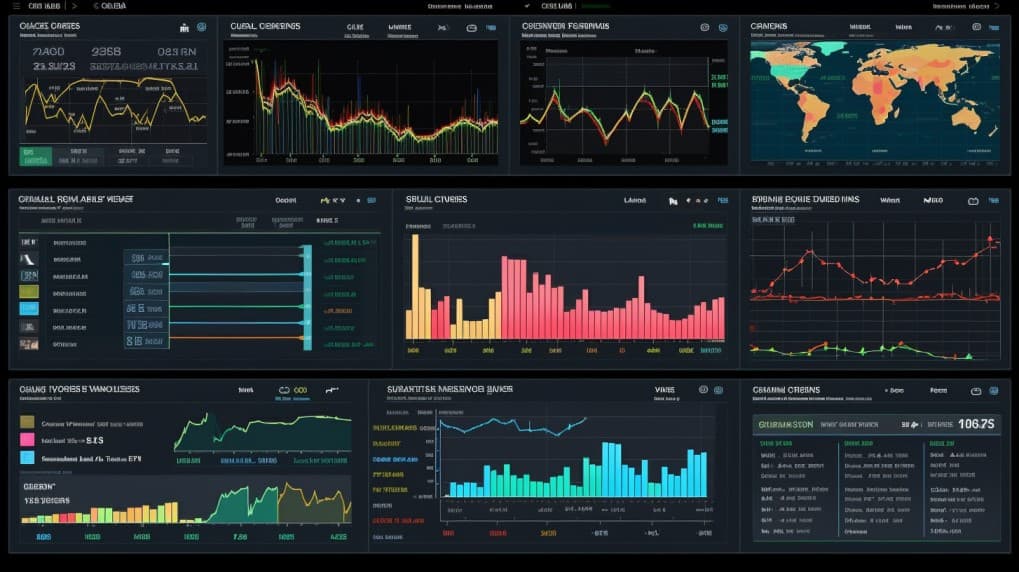
VV VS VO: A Comprehensive Comparison of ETFs
Exchange-Traded Funds (ETFs) have become a cornerstone of modern investment portfolios, providing diversification and exposure to specific sectors and market segments. In this comprehensive analysis, we'll explore the distinctions between two popular ETFs: VV (Vanguard Large-Cap ETF) and VO (Vanguard Mid-Cap ETF). Covering essential aspects like tickers, full names, issuers, sectors, top holdings, capitalization, strategy, tracking, and exposure, this article aims to help investors make informed decisions.
VV VS VO: Overview
VV and VO are Vanguard ETFs catering to different segments of the equity market. VV focuses on large-cap companies, while VO targets mid-cap firms. This core difference shapes their risk and return profiles, and understanding it is crucial for investors seeking exposure to different parts of the stock market.
VV VS VO: Sectors and Top Holdings
VV provides exposure to established, well-known companies within the large-cap space. Holdings often include technology giants like Apple, Microsoft, and Amazon. On the other hand, VO is designed to capture the growth potential of mid-sized enterprises. Top holdings might encompass companies like Adobe, Fidelity National Information Services, and Zebra Technologies. Assessing the sectors and holdings of these ETFs allows investors to align their investments with sector-specific trends.
 VV overlap VV VS VO: A Comprehensive Comparison of ETFs
VV overlap VV VS VO: A Comprehensive Comparison of ETFs
VV VS VO: Capitalization and Strategy
VV boasts a substantial asset under management (AUM), reflecting its popularity among investors seeking stability through large-cap exposure. VO's strategy revolves around the growth prospects of mid-sized companies, offering a balance between growth potential and risk. Understanding the differing capitalizations and strategies of VV and VO empowers investors to tailor their portfolios to their risk tolerance and investment objectives.
VV VS VO: Tracking and Exposure
VV aims to track the performance of the CRSP US Large Cap Index, which comprises established, industry-leading companies. VO, on the other hand, seeks to replicate the performance of the CRSP US Mid Cap Index, focusing on companies with the potential for growth. Investors must consider whether they seek the stability of large-cap exposure or the growth prospects associated with mid-cap companies when choosing between VV and VO.
Conclusion
VV and VO offer distinct pathways for investors to access different segments of the equity market. The choice between them depends on individual risk preferences, investment goals, and market outlook. For those who desire a comprehensive understanding of the holdings, correlations, overlaps, and other critical insights, utilizing tools like ETF Insider can provide invaluable assistance. With its user-friendly app, investors can delve deeper into the intricate details of these ETFs and other financial instruments.
Disclaimer: This article is provided for informational purposes only and does not offer investment advisory services.
Sources:
Vanguard. (n.d.). Vanguard Large-Cap ETF (VV). Retrieved from [URL]
Vanguard. (n.d.). Vanguard Mid-Cap ETF (VO). Retrieved from [URL]
VV ETF issuer
VV ETF official page
VV quote and analysis
Discover the top holdings, correlations, and overlaps of ETFs using our visualization tool.
Our app allows you to build and track your portfolio.
To learn more about the VV Vanguard Large-Cap ETF, access our dedicated page now.